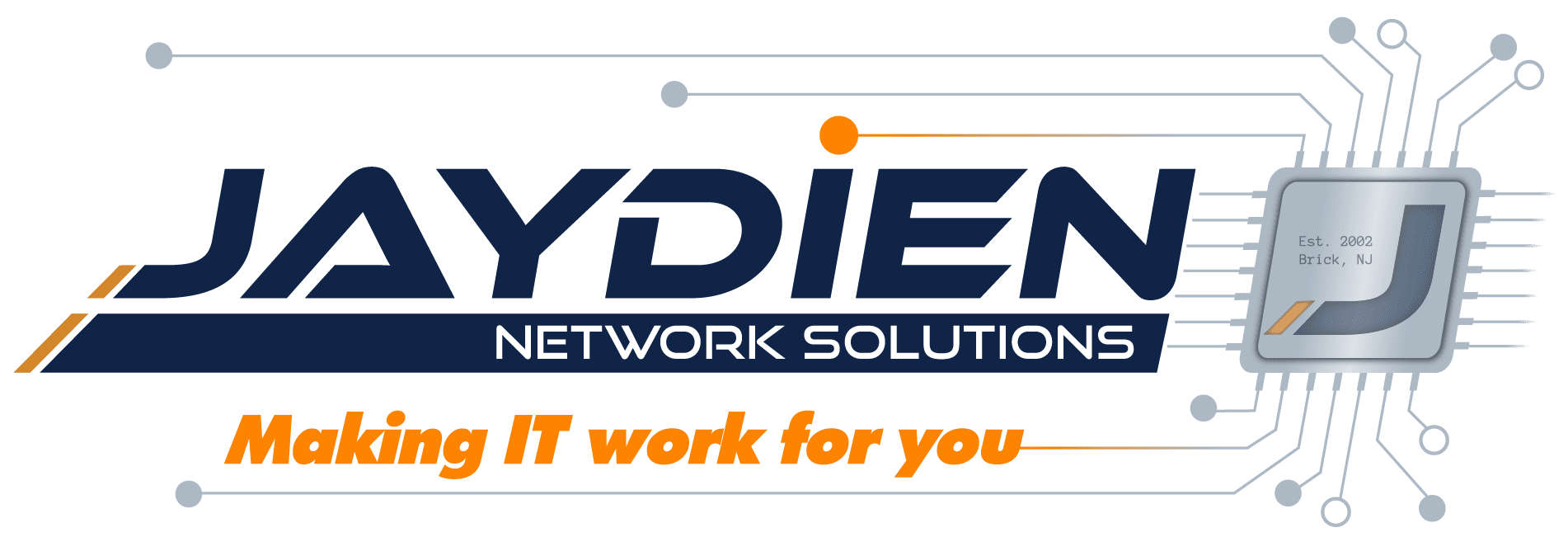Can Microsoft SharePoint replace your company's file server in 2022 |

File servers have been an integral part of small business operations for decades. We can tell you that first hand, because we’ve designed, installing, and maintained file servers for 20 years now. But technology is ever-changing and cloud services are now far more reliable, secure, and robust than they once were. Can a SharePoint Online solution really replace your businesses’ central file server? Is the price break worth the headaches? What, if anything are the headaches? What, if anything are the price breaks!? Let’s explore.
What is a File Server?
A file server is exactly what the name implies; a server that provides access to files. They act as central file storage locations that can be accessed by users on your network. File servers are typically hosted at the business location, or offsite at a datacenter for extra security and reliability.
Access to documents can be controlled by the use of directory services installed on the file server. Directory services provide simple access data controls on the resource, group or user level, protecting data from being accessed by the wrong people.
When you connect to a file server on a local network, it usually appears as a hard disk on your computer. You can double-click the hard disk icon to view the contents and browse through directories on the server, just like local folders. If you want to copy a file from the server to your computer, simply drag the file to your desktop or another folder on your local disk.
Overall, a file server is best for businesses that require a simple process system that is easy for employees to navigate. If your business has to store large files, it is best to store them on a file server rather than on a cloud-based platform. A file server works better with larger files. as it is faster to download files off a local network than over the internet.
What is a Microsoft SharePoint?
Microsoft SharePoint Online is a cloud-based collaboration and document management platform that integrates with Microsoft Office 365’s productivity stack. SharePoint’s core functions are to store documents in a more effective format than a regular folder system.
Organizations who adopt SharePoint are also adopting Office 365 capabilities. An estimated 1.3 billion companies around the world already use Office 365 as their productivity suite. The reduction of costs then comes in the form of the integration with a series of programs you’re more than likely already using.
File servers do not support collaboration the way SharePoint does. With its integration with Office 365, users can collaborate real-time on documents and set up alerts for when a file is edited, moved or even deleted. SharePoint allows you to store files and put version control restrictions in place, gives you better-searching functionality, allows you to share files externally and securely, and allows your data to be more accessible when you are not in the office.
Now let’s compare the two
SharePoint
Advantages
- Access documents anywhere
- Share files externally and securely
- Easily store files and put version control restrictions in place
- Powerful and easy search options
- Easy online organization, collaboration and sharing
- Check-in / check-out functionality
- You can’t just delete a file
- data-loss prevention and backup retrieval with a single click
- No infrastructure costs, only a small, per/user subscription fee
Disadvantages
- You still need backups for Office 365 (email and SharePoint), and additional security on Office 365. (We offer both!)
- Upfront cost to have it set-up properly.
- Requires training and discipline from employees to use the way it was intended
File Server
Advantages
- Simplicity with shared folders
- Central access within your network
- Basic IT expertise needed for internal maintenance
- Simple user access controls
Disadvantages
- Poor search tools
- You don’t know a document has changed or has been deleted until you look for it.
- Users tend to rely on DropBox, OneDrive, or other third party cloud storage offering to share with the outside world
- High up-front cost for equipment and very long lead times due to current global supply chain restraints
Which option is best for my business?
Even though SharePoint may seem like the best option, it does require planning, change management, and more discipline from employees to actually use it the way it’s intended. On the other hand, file servers make it easy to configure, store and access files, and requires minimal effort in training staff to use it.
Another option is for businesses to use SharePoint Online and a file server together. This is because SharePoint Online is good for structuring and collaborating the way data and information are shared, and a file server is great for instant access to files, in particular, more resource-intensive ones such as video and design files. Ultimately, the decision as to which storage solution is the best will come down to the individual requirements of your business.
Unsure which solution will work best for your business? Schedule a free consultation with today!
If you would like to learn more about SharePoint Online or to speak to one of our reps, please call or email us today:
(732) 477-4005 | sales@jaydien.com








